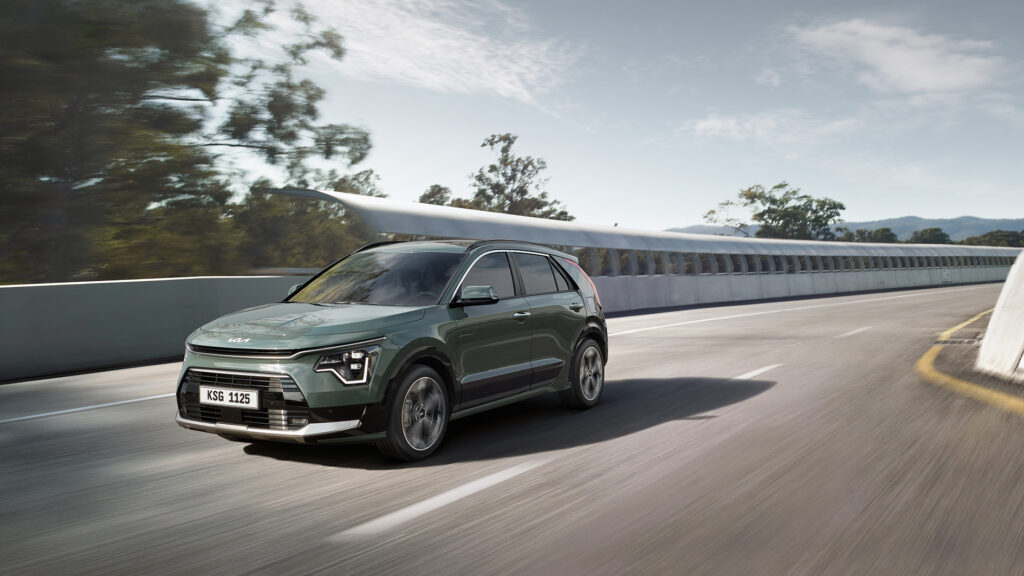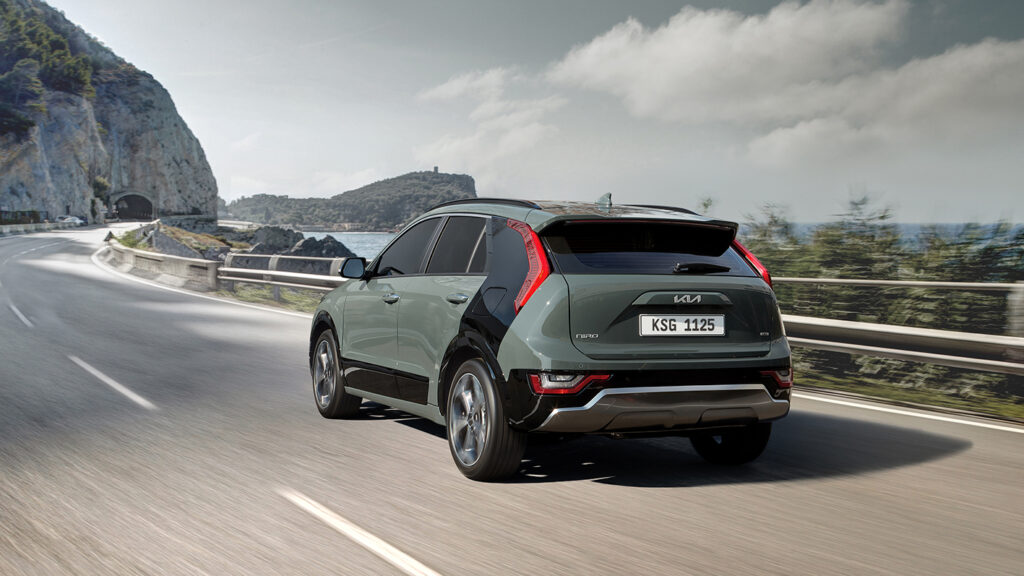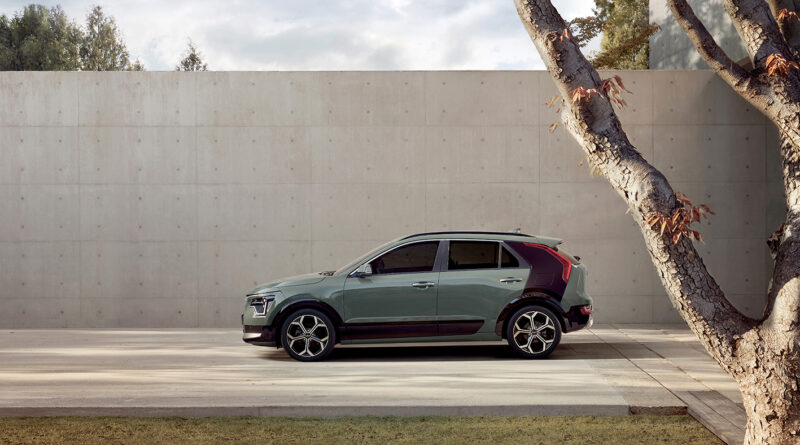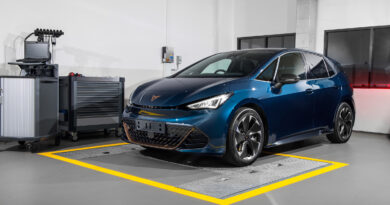All-new Kia Niro EV and hybrid confirmed for late June
Kia’s second-generation Niro will launch in Australia in late June, but only in electric and hybrid guises.
The current Niro – on sale here since May 2021 – has a three-pronged powertrain line-up including a plug-in hybrid, but a PHEV won’t join the EV and hybrid in the new model.
While Kia’s latest Niro announcement reveals the line-up and key specifications, prices are being kept under wraps despite the new cars’ arrival a matter of weeks away.

With the second-generation Niro enjoying big leaps in exterior style and cabin presentation, price increases are to be expected. The outgoing Niro retails from $39,990 the self-charging hybrid; from $46,590 the PHEV and from $62,590 the full electric.
Giving hope prices won’t climb too high, Kia Australia’s head of product planning Roland Rivero said they’d be looking to “value add” – hinting there’d be more equipment but for similar money.
In the 12 months the Niro’s been on sale, a combined 1190 have sold in hybrid, PHEV and EV form. The plug-in’s the fall guy with sales not keeping pace with electric or hybrid.
My Rivero speculated the new Niro’s sales would be “more in favour of electric,” at about a 60/40 ratio versus the hybrid. “There’s huge interest in electrics at the moment and it’s only going to grow,” he said. The change of government has helped this, Mr Rivero suggesting the ALP’s EV policy on Fringe Benefits Tax exemption for EV drivers would help boost electric car popularity.

Larger, prettier and better kit
As we reported last year, the second-generation Niro small SUV (though it’s a big one of those) has been “completely redesigned from the ground up” and is longer, taller and wider with an increased wheelbase and boot capacity raised 15L to a useful 451L.
The hybrid is powered by a 104kW/144Nm (combined) 1.6-litre petrol with hybrid system, offering a combined fuel economy of 4.0L/100km.
We’re more interested in the Electric version, a front-wheel-drive 64.8kW single motor offering 150kW and 255Nm and range of 460km.
Two trims are available – S and GT-Line, the latter replacing the old Sport grade.
While final specifications for each are yet to be confirmed, the loaded GT-Line looks the target with some excellent inclusions.
Standard are a 10.25-inch digital dashboard alongside a large infotainment screen, ventilated front seats, heated steering wheel, head up display, remote smart parking assist, power tailgate, wireless phone charger and smart key.

The Electric GT-Line also gets a sunroof, a Premium Relaxation Seat, Harman/Kardon sound system and V2L (Vehicle-To-Load) which allows the car’s battery to recharge the likes of domestic appliances, an e-bike or power electrical camping equipment.
Safety includes a centre side airbag, multi-collision braking, blind sport collision avoidance assist, rear cross traffic collision avoidance assist and intelligent speed limit assist.
Advanced connectivity arrives
Also introduced on the new Niro – and a first for any Kia in Australia – is Kia Connect, which is standard on GT-Line models.
This high-tech connectivity offers remote control via smartphone for the likes of engine start, climate control, seat heating/ventilation and remote door lock/unlock.

Its telematics system means you can transfer real time data such as weather, traffic and charging station information, while a Valet Mode allows the car to be remotely monitored if somebody else is driving it. Kids, if you’re planning burnouts when you borrow the family Niro, Mum and Dad will know about it. To stop this, or a thief, the system also allows you to control the car’s ignition.
Expect full specifications and pricing details for the new Niro closer to its late June launch.




